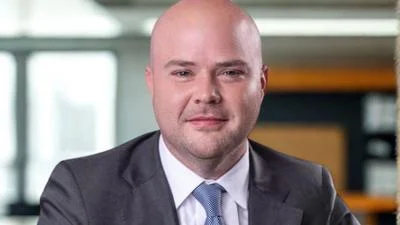State lawmakers around America have passed legislation limiting the competition among pharmacies, at the expense of consumers and pharmacy benefit managers, said Devon Herrick, senior fellow at the National Center for Policy Analysis.
“I think people need to be aware that there is a trade-off,” Herrick said. By doing things that increase the number of in-network pharmacies, prices of prescriptions will rise.
Much of the legislation that has been limiting pharmacy competition has been in the form of “any willing provider” laws. These laws mandate that any pharmacy meeting minimum qualifications be able to join the networks of pharmacy benefit managers. By being forced to admit pharmacies to their networks, managers cannot encourage pharmacies to compete on price to be allowed into the exclusive networks they maintain.
Other regulations on pharmacy competition have included anti-mail order legislation and bills to expose how benefit managers calculate their maximum allowable costs. Typically the desire behind these policies is to make access to pharmacies easier or promote local businesses and community pharmacies.
Though it may seem like a good idea to increase ease of access to pharmacies and encourage local businesses, it ultimately raises the prices of prescription pharmaceuticals.
“Bargaining power is based on withholding business,” Herrick said. “If a drug plan or plan sponsor loses that leverage, it suggests that no pharmacy chain has to bid low to win business.”
Competition works fundamentally differently in prescription drugs than it does even in over-the-counter medications, explained Herrick. While most times we think of competition as attracting consumers with the lowest price, many Americans have an insurer that pays for all or part of their prescriptions. That means that in the prescription market, pharmacies don’t compete for the attention of consumers as much as they do for the attention of benefit managers.
“If I can go to any drug store and get the same price, that means no one drug store is competing to be the exclusive provider of drugs to me,” Herrick said.
Americans spend nearly $1 billion per day on prescription and non-prescription medication and an average of one dozen prescriptions per person are filled annually. The impact of decreased incentive to compete on price among pharmacies, even as a side effect of other legislation, is powerful. And while over two-thirds of Americans have some form of prescription coverage, the bargaining power of benefit managers relates closely to the premiums and copays consumers are faced with.
“Politicians think they’re helping consumers, when in some cases they’re helping pharmacies,” Herrick said. The two goals are not always the same.
Limiting pharmacy competition seen keeping prescription costs high








 Alerts Sign-up
Alerts Sign-up